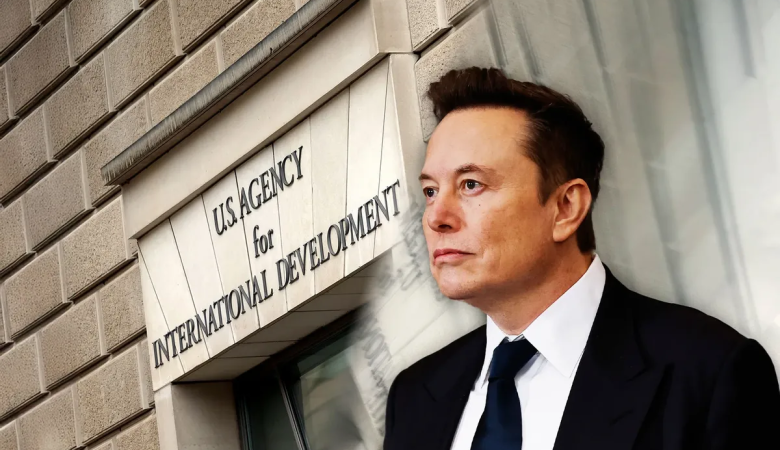What happened?
n the late 1960s, NASA was keen on hiring innovative minds. To achieve this, they sought to understand the nature of creative genius and commissioned a study led by George Land. The focus was on young children, aged 3 to 5, as they embarked on a journey to decipher creativity. A group of 1,600 kids enrolled in a Head Start program were subjected to a creativity test initially crafted for NASA recruits. The results were startling; 98% of these youngsters were labeled as creative geniuses. However, a follow-up revealed a concerning trend. The genius tag dropped to 30% at age 10 and further down to 12% at age 15. When compared to adults, only a dismal 2% maintained this level of creative genius.
Read more at: https://yourstory.com/2023/10/nasa-study-creative-genius-educational-impact
The Study
NASA started a unique mission in the 1960s: not to explore space, but to explore the creative space inside people. Their job was to figure out what makes a genius and how to use that information to find brilliant people to work on their space missions. They asked George Land and his team to help them with this task. These people would later do a groundbreaking study that would reveal interesting things about how creativity works.
Where the Study Came From
The first people George Land and his team talked to were a group of five-year-olds. They made a test of creativity to see how these young minds used their imaginations to figure out how to solve problems. They said that genius wasn’t something you were born with, but the ability to think outside the box and find new ways to solve problems. This definition gave them a place to start their research.
What an amazing discovery
Everything about the results of the first study was amazing. When NASA gave the five-year-olds the creativity test, an amazing 98% of them passed and were considered geniuses. The results were both surprising and very encouraging, because they showed that creativity is something that most young children are naturally good at.
The Loss of Genius
The study didn’t end there, though. Over the years, Land and his team chose to keep in touch with the same group of kids. The number of kids who were still geniuses had dropped to 30% when they came back when the kids were ten years old. After five more years, when the kids were fifteen, only 12% of them still met the requirements for being a genius. These results made us wonder what was going on with these creative young minds as they got older.
What Schools Should Do
This wasn’t the end for George Land. He kept doing research, but this time he looked at adults. This second study showed even more interesting results. NASA’s definition of a genius person in the adult population was just 2%. The effects of this drop in creative thinking were very clear.
The most interesting thing about Land’s research was that he linked this drop to just one main cause: the education system. He said that the main reason why there were only 2% geniuses as adults compared to 98% of geniuses when they were five years old was because of how our schools worked. It was basically a harsh statement about how old-fashioned ways of teaching stifled creativity and new ideas.
People learn to act in a boring way.
One of George Land’s quotes from this study that makes you think is,
“Learning to act and think in a bad way is possible.”
This clearly sums up the main point of his research. This supports the idea that people are not naturally creative or not creative. Instead, their environment, especially their educational experiences, shapes them.
In conclusion
In the 1960s, George Land led a study paid for by NASA that shed light on what creativity is and how it changes over time. Additionally, it showed that kids are naturally creative and good at solving problems, but as they go through school, they lose a lot of their creative potential. The powerful work of Land is a sobering reminder that our schools have a huge effect on shaping the futures of young minds and that
One of the main things we should do to raise the next generation of geniuses is to encourage creativity.





Recent Comments